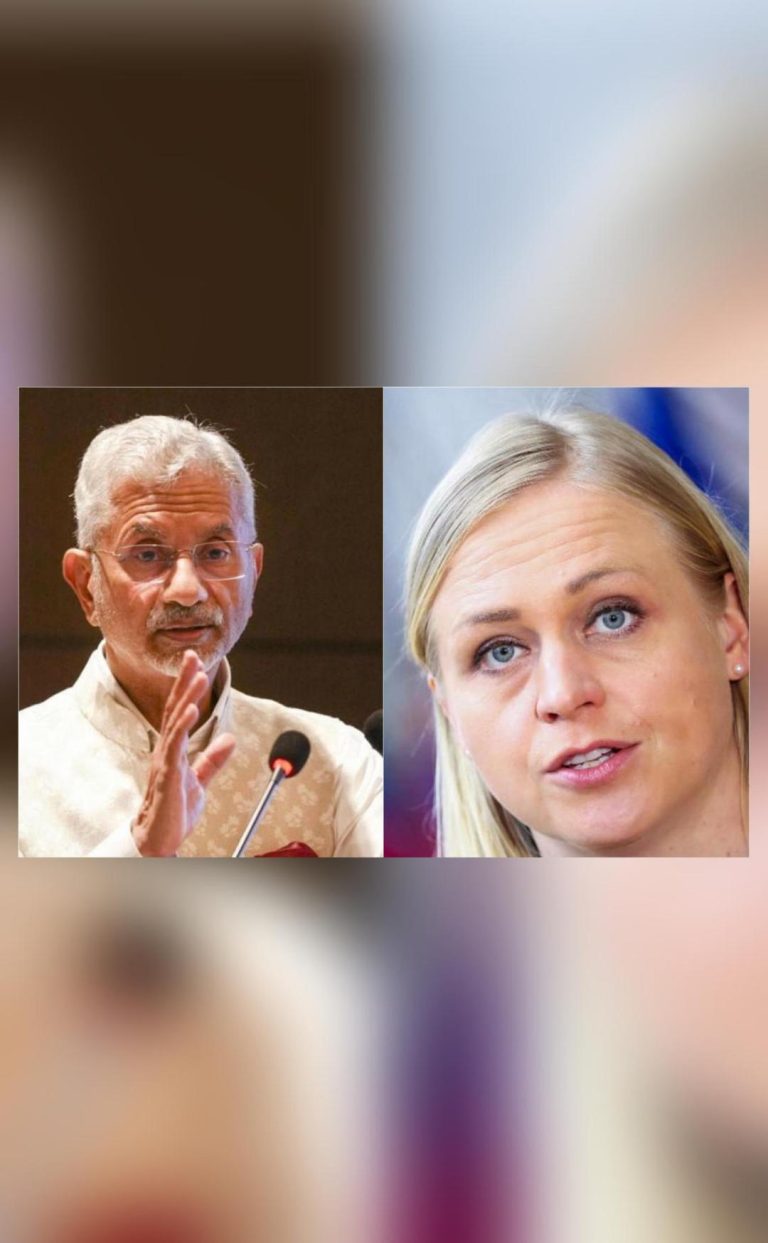
Title: Yakshagana finds new life as educated professionals join the stage
Yakshagana, the traditional coastal theatre art form of Karnataka, has been a significant part of the state’s cultural heritage for centuries. However, in recent years, the art form has been witnessing a transformative revival, with educated professionals like doctors, engineers, and educators increasingly participating alongside veteran performers. This shift was recently highlighted during the golden jubilee celebration of Udupi Yakshagana Kalarang, jointly hosted by the Karnataka Yakshagana Academy and local institutions.
Yakshagana, which originated in the 9th century, is a unique blend of music, dance, drama, and puppetry. The art form has been an integral part of the cultural landscape of coastal Karnataka, with its performances often revolving around mythological stories, folk tales, and social issues. However, over the years, Yakshagana has faced several challenges, including the decline of traditional patronage, the rise of modern entertainment forms, and the lack of trained performers.
Despite these challenges, Yakshagana has continued to evolve, and its revival in recent years can be attributed to the efforts of various stakeholders, including the Karnataka Yakshagana Academy, local institutions, and individual performers. The academy, established in 1992, has been instrumental in promoting Yakshagana by providing training to new generations of performers, organizing festivals and competitions, and collaborating with local institutions to promote the art form.
One of the key factors contributing to the revival of Yakshagana is the increasing participation of educated professionals. These individuals, who may have pursued higher education in various fields, are now joining the Yakshagana stage, bringing with them new skills, perspectives, and energy. This shift is not only refreshing the art form but also ensuring its survival for future generations.
During the golden jubilee celebration of Udupi Yakshagana Kalarang, several educated professionals, including doctors, engineers, and educators, took part in the performances. Dr. K. Narayana, a renowned doctor from Udupi, was part of the production team and played the role of a king in the Yakshagana performance. “I have always been fascinated by Yakshagana, and I wanted to contribute to its preservation,” Dr. Narayana said. “As a doctor, I have seen the impact of Yakshagana on people’s lives, and I want to ensure that this art form continues to thrive.”
Similarly, Suresh Poojary, an engineer from Mangaluru, has been a part of the Yakshagana troupe for several years. “I was introduced to Yakshagana during my college days, and I was immediately drawn to its unique blend of music, dance, and drama,” Poojary said. “As an engineer, I bring my analytical skills to the stage, and I enjoy the challenge of combining technology with traditional art forms.”
Educators too are playing a significant role in promoting Yakshagana. Dr. S. S. Kulkarni, a professor of education from Udupi, has been instrumental in introducing Yakshagana to his students. “Yakshagana is an excellent way to promote cultural awareness and appreciation among students,” Dr. Kulkarni said. “It helps them develop their communication skills, creativity, and confidence.”
The participation of educated professionals in Yakshagana performances is not only enriching the art form but also providing a new platform for social interaction. During the golden jubilee celebration, several educated professionals from various fields came together to perform, creating a sense of camaraderie and shared purpose.
The revival of Yakshagana is not limited to Udupi alone. The art form is also gaining popularity in other parts of Karnataka, including Mangaluru, Bengaluru, and Mysuru. The Karnataka Yakshagana Academy has been instrumental in promoting Yakshagana across the state, by providing training to new generations of performers and organizing festivals and competitions.
In conclusion, the revival of Yakshagana is a heartening development, and the increasing participation of educated professionals is a key factor in this transformation. As the art form continues to evolve, it is essential to provide opportunities for new generations of performers to learn and grow. The Karnataka Yakshagana Academy and local institutions are playing a vital role in promoting Yakshagana, and their efforts are yielding positive results.
As Yakshagana continues to find new life on the stage, it is essential to recognize the efforts of its veteran performers, who have dedicated their lives to preserving this traditional art form. It is also crucial to provide opportunities for new generations of performers to learn and grow, ensuring the survival of Yakshagana for future generations.






